How to choose the best quality coffee and what to avoid.
Over the past five installments in this series, we’ve learned about coffee, its production, and even some pros and cons of sourcing and trading practices. There are a variety of factors to consider that may influence a coffee enthusiast’s selection, so let’s look at a few things to help make purchasing great coffee a little bit easier.
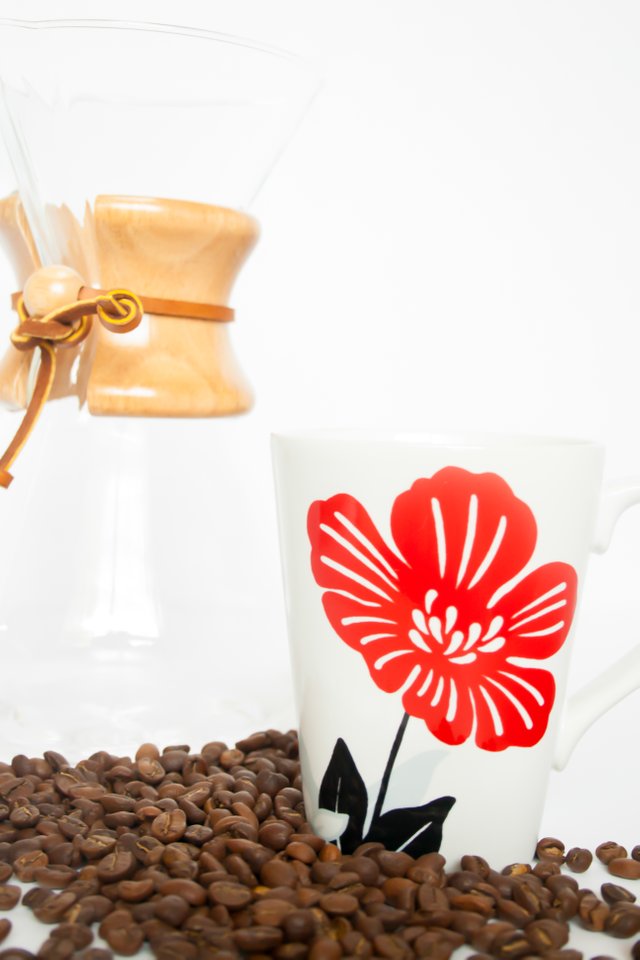
Marketing Gimmicks and What Not to Buy
One of the telltale signs of gimmickry in coffee advertising is the use of words that are literally meaningless in the world of cupping and grading. Bold, strong, rich – these are not terms that are used to describe the characteristics of coffee. They are simply terms that are used for marketing to unwitting coffee drinkers. So, why would these terms be used?
The answer is simple, really: in most cases, the coffee just isn’t good. If the coffee was properly graded and the characteristics proved that the beans were of a premium quality, then there’s no reason to not use the proper terms from the grading to describe the coffee. Intentionally avoiding the use of such terms should alert consumers that the coffee may not be worth purchasing, if quality is what you are seeking.
Another marketing ploy to watch for is the use of the words premium and blend, especially when they are paired. Almost all of the existing coffee companies – large or small – offer blends to consumers. But what does this mean?
Premium coffees, generally, are classified according to their origin – where the coffee was actually grown. Coffee beans that are all from the same growing region are called “single-origin.” This is typically how coffees are graded before being sold by exporters or importers to coffee roasters and retailers. The characteristics of the single-origin coffee beans can be used to determine how to combine different bean origins in order to make a more “balanced” cup or to create a “signature” brand for a roaster or coffee house. Once combined, the new creation is referred to as a “blend.”
It is possible to craft a really great cup of coffee with beans from different parts of the world or from smaller sub-regions within a larger growing region. However, blending is often used by companies as a cost-cutting measure or purely as a means to charge a higher price without necessarily offering a premium coffee. So, how does this type of blending happen?
Most commonly, a coffee roaster will take one lot of premium-grade coffee beans and mix them with a non-premium lot or commercial-grade beans. The percentage may vary – it could be a 50/50 blend, 60/40, 75/25, etc. – but regardless of the overall quality, the term premium may still be used. Unless the roaster is completely honest about their blend (which is not typical), there’s really no way to know if the blend is comprised of 100% premium-grade coffee beans. If you’re searching for premium or specialty quality, your best bet would be to ask the roaster about the specific beans used in their blends. If they’re not willing to tell you, or if they hem and haw about the quality and characteristics, just run away! Okay, perhaps you don’t have to flee with arms flailing, but you should at least be cautious about your purchase.
Differences between commercial grade coffee beans and specialty grade
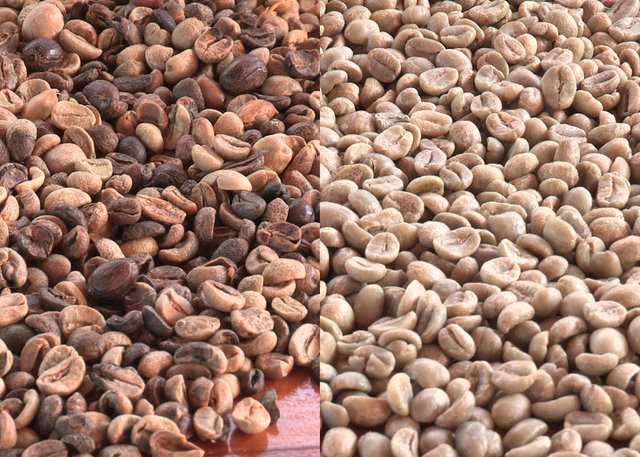
One thing to consider about your coffee is the roast. A roaster that truly knows their coffee will typically avoid dark-roasting premium or specialty beans. If you find a blend that is also dark-roasted, the chances of it being less than premium are extremely high. The reason for this is due to the ability to mask the inconsistencies and defects of different beans by making the roast the more prominent factor in cupping characteristics. In many cases, the beans are actually burnt and the cupping profile would state that the coffee is “ashy” or “smoky.” As a general rule of roasting, darker beans give you less characteristics of the coffee’s origin and more characteristics of the actual roasting machine.
To summarize – when buying premium or specialty coffees that you actually want to taste for their premium characteristics, the best option for you would be a light or medium-roasted, single-origin coffee and to avoid dark-roasted blends that are characterized as “bold,” “rich,” or “strong.”
How can I find and enjoy a great cup of coffee?
Ultimately, the coffee you like will come down to personal preference. Some people really do like Folgers or Maxwell House, and that’s okay. My goal is to help people find a truly premium coffee, and to hopefully teach them that great coffee really does exist. I can’t speak about all coffees, because I personally have not tasted everything the world has to offer. However, I can tell you what I have found to be an excellent cup.
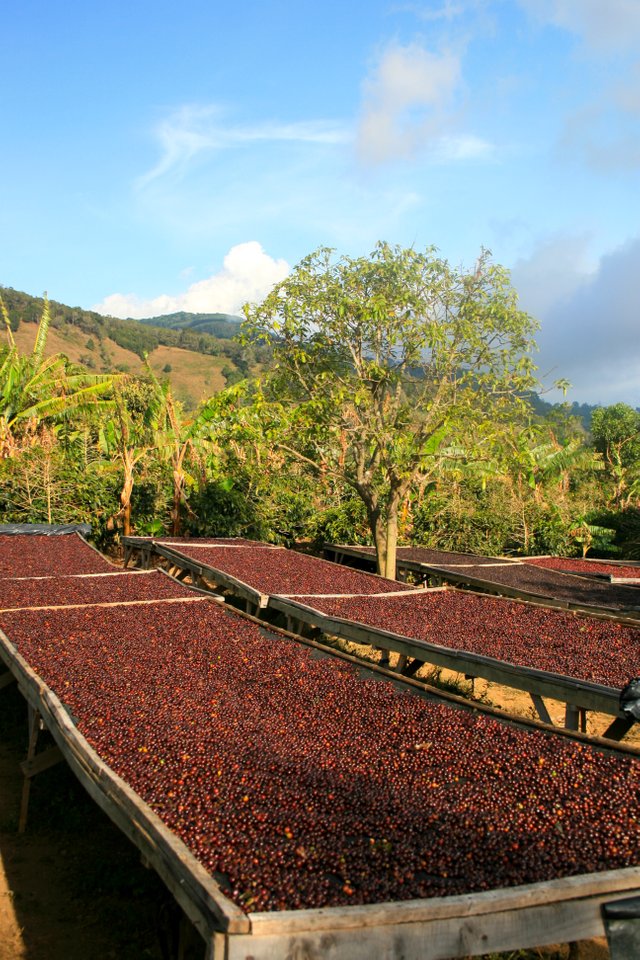
One of the most sought-after characteristics of coffee is acidity. To the lay person, this might sound a little scary. After all, acid is not good for you, right? In the coffee world, acidity does not refer to the pH level. In fact, coffee’s pH level is closer to neutral than most people actually believe – typically in the 5-6 range (neutral is 7). Acidity, in coffee terminology, refers to the fruity, citrus flavors and is often joined by the term “bright.” A bright acidic coffee usually scores well when graded.
I have occasionally heard some people refer to this acidity as “bitterness” when giving out samples (which confirms my belief that, unfortunately, there are many people who don’t understand their sense of taste). Most frequently, this is described by those who have consumed dark-roasted commercial coffee their entire lives and were never aware that such premium coffee beans existed or had never tried them. A clean coffee with a bright acidity just doesn’t register with their taste buds, likely because they were never aware of how a truly premium coffee was supposed to taste.
Hint: If you need to add lots of cream and sugar to your coffee in order to make it palatable, you’re likely drinking a very poor quality coffee.
It should be noted that getting indigestion or just having an upset stomach in general after drinking coffee likely has more to do with the poor quality of the beans and the darkness of the roast. Some people may attribute this to the “acidity” of coffee, but as previously mentioned, the pH levels are higher (less acidic) than drinks like sodas, beer, and fruit juices, and foods like oranges and tomatoes. If you can drink and eat those without any issues, but your blended and/or dark-roasted coffee makes you sick, try a different type of coffee and see if it makes a difference. Look for premium or specialty-grade, light or medium-roasted beans and try drinking it without cream or sugar. You might be surprised how good it tastes!
Small-batch roasting at El Pilon in Tarrazú, Costa Rica
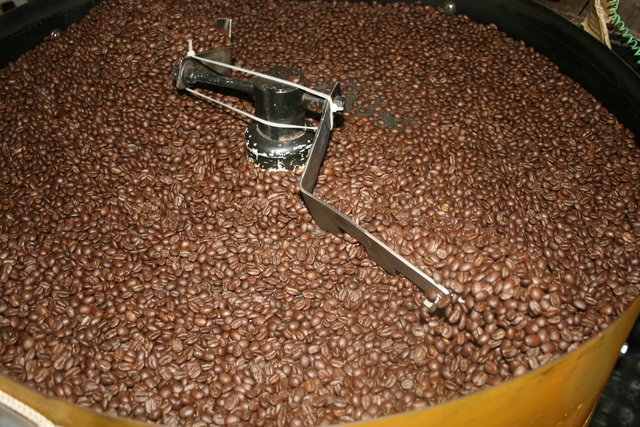
If you’re willing to spend a little dough for a specialty coffee, then there are a few that I would recommend.
The first that comes to mind that is among the most popular is Jamaican Blue Mountain, which is consistently one of the world’s best coffees. Unfortunately, it’s consistently one of the most expensive, usually at over $40 per pound for the average lot. There are a lot of Blue Mountain blends, but don’t be fooled by them. Make sure you’re buying the premium or specialty, single-origin beans. This really should apply to any coffee that you buy.
Other great choices are Hawaiian Kona, Kenyan SL28, and a wide range of choices from Ethiopia – the birthplace of coffea arabica. And, of course, don’t forget about the coffee from the Tarrazú region of Costa Rica – one of my personal favorites (even if I wasn’t working with those farmers and starting a company around it)! As stated in my previous article, there are some amazing things happening with coffee producers in that beautiful country. Try to find single-origin beans from smaller lots, if possible. The small lots allow for better quality control and consistency, and when you find an excellent one, you’ll know it!
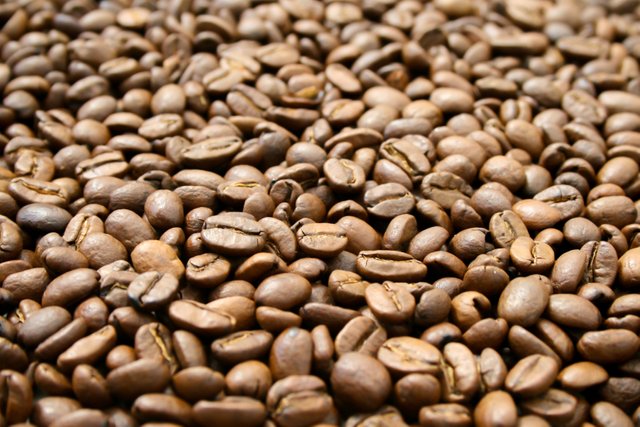
The best way to enjoy premium and specialty coffees is to purchase the whole beans and grind as needed in order to preserve freshness. After roasting, coffee begins to stale – which can be accelerated by storing it improperly. Whole beans will reduce the effects of staling by reducing the amount of the bean that is exposed to the elements. Avoid light, heat, air, and moisture to best protect it. Don’t put your coffee in the refrigerator or freezer, especially if it’s already opened, as it will absorb any odors and it can introduce moisture to the beans. The best place to store coffee is in a cool, dry, dark pantry and in an air-tight container – or a vacuum sealed one, if available.
It’s time to put your new knowledge to good use!
Now that you have followed me on this journey through my little coffee world, you can take this information and make a more informed decision about your coffee. Even if you still prefer brands like Starbucks, Dunkin’ Donuts, or Community Coffee (none of which I recommend), you’ll hopefully take something away from my insights into coffee and the communities that I hope to uplift through my personal and business relationships and the non-profit programs that I plan to implement.
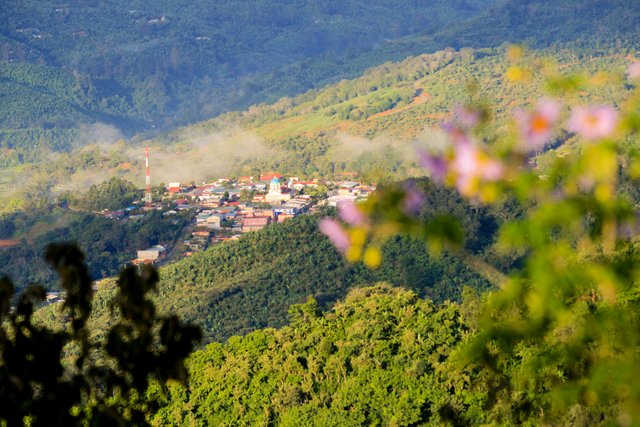
Remember to always look into the consumer products that you purchase, especially those products that you actually ingest. There are many great benefits to drinking coffee, and the better the coffee, the more enjoyable those benefits can be. Don’t torture yourself with poor quality! There are plenty of coffee choices out there, and different processing methods that can further revolutionize the industry, but it’s up to you to find the best retailers with the best business practices. I hope that I have provided you with helpful information during this series and that you’ll continue with me on my journey – and become loyal and completely satisfied customers in the future!
Now go forth and make all of your coffee experiences great again!
Previous installments in this series:
Make Your Coffee Great Again!
The Source Rewards
Environment is Critical
Flowers, Cherries, and Seeds – Oh, My!
What are Natural and Honey Coffees?
*Flavor wheel image is from scaa.org. All other photos are mine.
The revenue that I generate through my content on Steemit will be used for start-up funding for my business and as a foundation for multiple non-profit projects in farming communities in Central America. You can read about some of my vision in my post, Enriching Lives Through the Power of Steemit. Please feel free to contribute to my cause in any way that you can. We can all achieve greatness through voluntary interaction!
Follow me: @ats-david
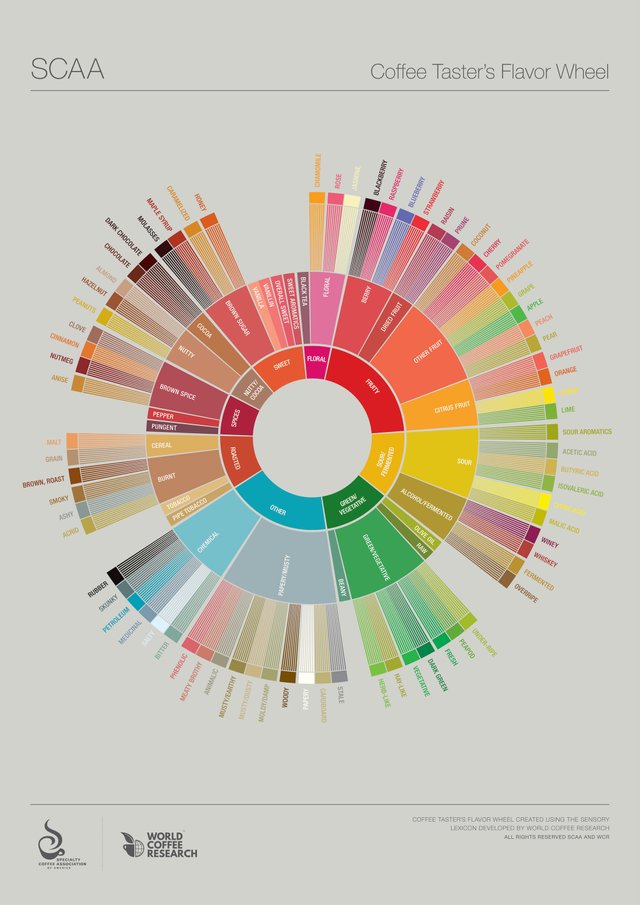
@ats-david, If you are a coffee enthusiast you should try this coffee from Indonesia ..
Civet coffee :)
Downvoting a post can decrease pending rewards and make it less visible. Common reasons:
Submit
I've seen this and it's certainly interesting. I know a few people who have tried it and they said that it was definitely a good coffee, but they felt that it was a little over-hyped. I just don't know if I even want to try it. I know there are better ways to process coffee than putting through a digestive tract! But I suppose I'll have to try it eventually for research purposes.
Thanks for sharing!
Downvoting a post can decrease pending rewards and make it less visible. Common reasons:
Submit
You are welcome :)
Downvoting a post can decrease pending rewards and make it less visible. Common reasons:
Submit
I hope your future business will use "proof of brew" as a concept to directly compensate the original growers.
I would like to see a world where I can sip my coffee guilt free. I share your passion :)
Downvoting a post can decrease pending rewards and make it less visible. Common reasons:
Submit
I actually work with farmers and pay them directly. I don't use exporters or importers - I am the importer! My plans going forward will involve plenty of photos and videos of my work with the farmers and communities where the coffee is produced, so I'll offer the transparency for customers to be able to witness for themselves whether I'm doing what I claim to be doing. It won't just be a matter of taking my word for it - I'll show you as much as possible!
Thanks for reading and for your support!
Downvoting a post can decrease pending rewards and make it less visible. Common reasons:
Submit
Great post, real information and passion, I love it! I look forward to your future posts, I am so curious about how intricate the whole process from the dirt to the cup can affect the taste. You have my vote, check out my latest post! https://steemit.com/gardening/@brownsgreens/deliciously-sweet-bell-peppers-and-tomatoes
Downvoting a post can decrease pending rewards and make it less visible. Common reasons:
Submit
I love how you can talk about coffee and everything that comes with it before it is drinkable to start with! Really great and amazing post!
Downvoting a post can decrease pending rewards and make it less visible. Common reasons:
Submit
Thanks! I'm glad you enjoy it. Being involved in the industry - especially on the producing side - makes all of this much easier for me to explain. I hope you've been able to take in all of the information. I know it's a lot.
Downvoting a post can decrease pending rewards and make it less visible. Common reasons:
Submit
Great final!
Downvoting a post can decrease pending rewards and make it less visible. Common reasons:
Submit
Thank you!
Downvoting a post can decrease pending rewards and make it less visible. Common reasons:
Submit
Excellent post!
From your coffee art follower :)
Downvoting a post can decrease pending rewards and make it less visible. Common reasons:
Submit
Thanks for stopping by!
Downvoting a post can decrease pending rewards and make it less visible. Common reasons:
Submit
Great series David. Enjoyed it and look forward to the unfolding of your journey.
Downvoting a post can decrease pending rewards and make it less visible. Common reasons:
Submit
I appreciate it. Thanks for sticking with me!
Downvoting a post can decrease pending rewards and make it less visible. Common reasons:
Submit
Downvoting a post can decrease pending rewards and make it less visible. Common reasons:
Submit
You should buy a dictionary and check on the meaning of that word, but first allow me to recommend going to an elementary grammar class. please direct any response to @williamdevine, I'm currently on my fiancés account.
Downvoting a post can decrease pending rewards and make it less visible. Common reasons:
Submit
This post has been linked to from another place on Steem.
Learn more about linkback bot v0.3
Upvote if you want the bot to continue posting linkbacks for your posts. Flag if otherwise. Built by @ontofractal
Downvoting a post can decrease pending rewards and make it less visible. Common reasons:
Submit
Great information, Blue Bottle just came out with a pre ground coffee that I've heard is pretty good.
Downvoting a post can decrease pending rewards and make it less visible. Common reasons:
Submit
Downvoting a post can decrease pending rewards and make it less visible. Common reasons:
Submit